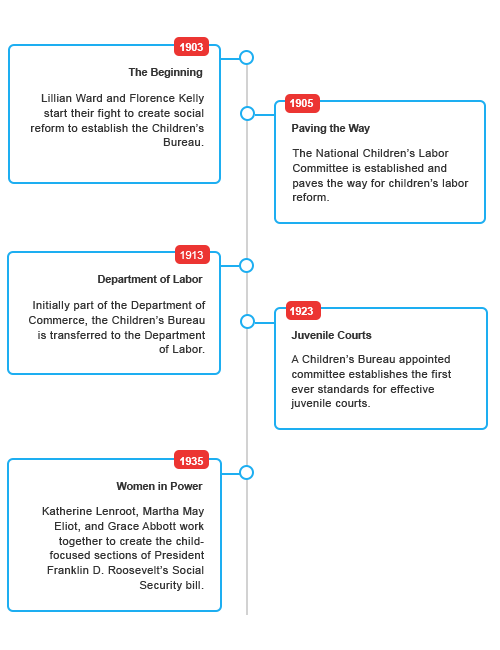“What you care about, what you care for, what you spend your energy to support, results in the value for your life.
What matters most is not what it is, but how much you care,
how freely you give of yourself.”- Ralph Marston
Around 1830, a large population of homeless children emerged in big cities in the Northeast, including New York City. Some children were orphaned because of their parents dying of epidemics like typhoid and the flu, others were neglected due to poverty. At the time, three charitable institutions — The Children’s Aid Society, Children’s Village, and the New York Foundling Hospital, developed a program that allocated these homeless children into new homes.
The United States Children’s Bureau is a federal agency organized under the United States Department of Health and Human Services’ Administration for Children and Families. Today, the bureau’s operations involve improving child abuse prevention, foster care, and adoption. It was founded in 1912 when President William Howard Taft turned the bill into law that would fund the government organization.
During the height of its influence, the Bureau was directed, managed, and staffed almost entirely by women — a rarity for any federal agency in the early 20th century. It was most influential in bringing the methods of reform-oriented social research and the ideas of maternalist reformers to bear on federal government policy.
The signing of this law culminated in a grass-roots process that was started in 1903 by two early social reformers, Lillian Wald and Florence Kelly. The stated purpose of the new Bureau was to investigate and report “upon all matters pertaining to the welfare of children and child life among all classes of our people.” Along the way, their efforts picked up support from President Theodore Roosevelt, among other prominent supporters, before finally becoming a law nine years after they launched the initiative.
The law also called for the Bureau to be headed by a chief, who would be a presidential appointee, subject to Senate confirmation. The first chief of the Children’s Bureau was Julia Lathrop — she was the first woman ever to head a government agency in the United States.

The first National Foster Care Month was celebrated more than 35 years ago when US President Ronald Reagan established it through a presidential proclamation. Since that time, the event has been celebrated each year to bring attention to the continual needs that exist for those in foster care.
When National Foster Care Month was first started, the original idea was to show appreciation for families who open their homes to children in need by acting as foster parents. However, over the years since this event has been celebrated, the focus has shifted to prevention and care by promoting well-being and resources that are offered through community involvement, targeted support services and collaborative relationships that keep foster children cared for.
In addition to annual proclamations by the US president, National Foster Care Month is also supported by other organizations and entities, such as the Children’s Bureau, the Children Welfare Information Gateway, the National Foster Youth Institute and several others.

Cuyahoga County's Just in Time Training is a web based service program designed to connect foster parents, kinship or other caregivers with training, peer experts and other resources. Questions are answered and practical solutions to care for children are discussed - all from the comfort of your home or office.
If you have difficulty accessing any material on this site, please contact us in writing and we will work with you to make the information available. You can direct your request to JITSupport@USF.edu.